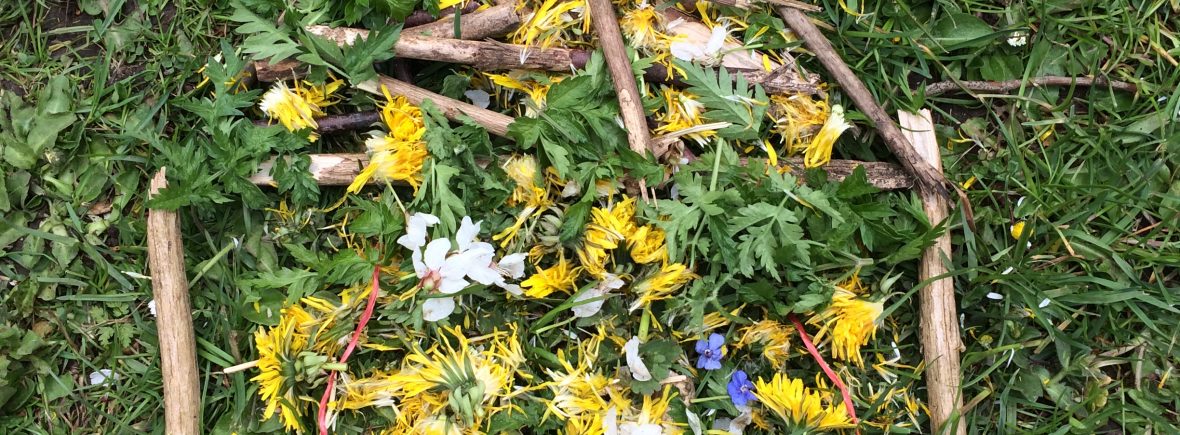“Forest School is an inspirational process that offers ALL learners regular opportunities to achieve and develop confidence and self-esteem through hands-on learning experiences in a woodland or natural environment with trees.”
(Forest School Association)
Forest School gives every child the chance to (among other things!): play freely outdoors, explore, imagine, get muddy, stay clean, run around, sit still, create, learn, communicate, socialise, take risks, have fun, be independent, be part of a team and get close to nature. It is an exciting, inclusive, child-led environment where the leader facilitates learning and activities to fit in with the child’s interests on any given day; improving motivation, well-being, resilience and confidence in the child. Great strides can be made in learning and development without the child even realising it.
Outdoor play strengthens the immune system, develops the child holistically and shows the child different ways of learning that are not taught in a traditional classroom environment. It broadens vocabulary, improves social engagement and helps children and young people to understand the relationship between us and nature. Through the experience of being outside all year round children become more resilient and learn that fun can be had in all weathers.
Activities include cooking stick bread on the fire, climbing trees, building dens, learning to use tools when the child is developmentally ready and with appropriate supervision, using a fire steel to light a fire, making decorations from natural materials and mini beast hunting. We can also offer more structured craft activities such as clay modelling, bug hotel making or elder jewellery. Pond dipping is also an option when sites allow.
All activities teach the participants new skills and give them the opportunity to engage with risk (an opportunity which is lacking in today’s society, to the detriment of a child’s development into an adult who is well prepared for a life with risks inherent) in a safe way. In the case of tools, they learn safe use of “dangerous objects” such as a knife, a saw or loppers, which they may otherwise not have safe access to.

